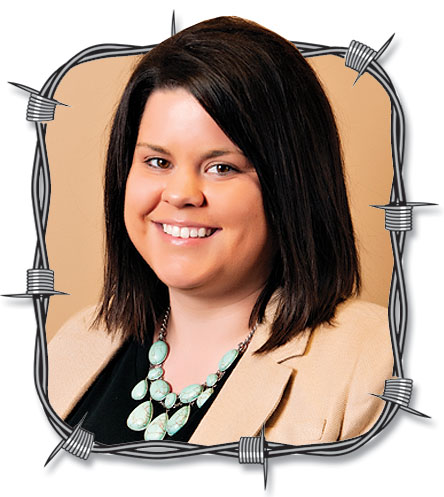With the weather changing and the cold of winter coming, it is time to get our cattle ready for it. Spring calves should be vaccinated, dewormed and processed. This will prep them for weaning. Weaning is the most stressful time in a calf's life since birth. With these protective vaccinations in place and being fecal negative, we have the animal's immune system on our side. This would mean less disease and more days gaining weight.
We have all been flooded with rain and the green grass is showing it. This is a very good feed for the cows and calves. This will also save our hay for later in the year. But, it also means we still need to feed a high quality mineral with chelates. These chelates are like copper-lysine. The copper has been chelated to the lysine and stays that way until it is broken down by digestion in the cow, where the copper can be metabolized and utilized by the cow's liver.
This mineral also needs at least a 2 percent magnesium. Until Christmas I only recommend 2 percent mag. Normally, we do not see the Grass Tetany in the fall that we see in the spring.
These minerals also need to be loose. If you are feeding blocks, the cows just don't get enough. For example, if you and I were out hauling hay in August from noon till 5 p.m., and we both stop to get a drink and I throw you an ice cube, and I get a big glass of water, "Who quenches their thirst first?" This is analogous to feeding block mineral to cows. Their tongue wears out before they get enough. Also, as blocks sit in the weather micronutrients leach out and become unavailable. With the loose mineral you can put out what the cows are to eat in three days and always have fresh mineral for them. It only takes putting a little mineral out twice a week while you are driving through checking cattle.
Other pointers for the fall are to always keep adequate, quality feed for the cows. If they have access to quality feed, they won't be eating the acorns or other toxic plants found in the pastures or woods. When grass and feed are short you can add 5 percent hydrogenated lime to your mineral to help protect against the toxic principle of the tannic acid in the acorns. This would be 5 pounds per 50 pound sack of mineral or 10 pounds per 100 pounds of mineral. This is not a fix but I have seen it help, when cows are eating acorns.
The other main thing to remember is that it is not just protein to feed, but also calories. I worry more about calories than I do protein. If a cow has adequate protein and enough calories, she will thrive. It doesn't take extra protein (the expensive part) but enough calories for a cow's rumen to metabolize the energy and protein she needs to survive the weather and produce a calf.
Dr. Tim O'Neill owns Country Veterinary Clinic in Farmington, Ark.





